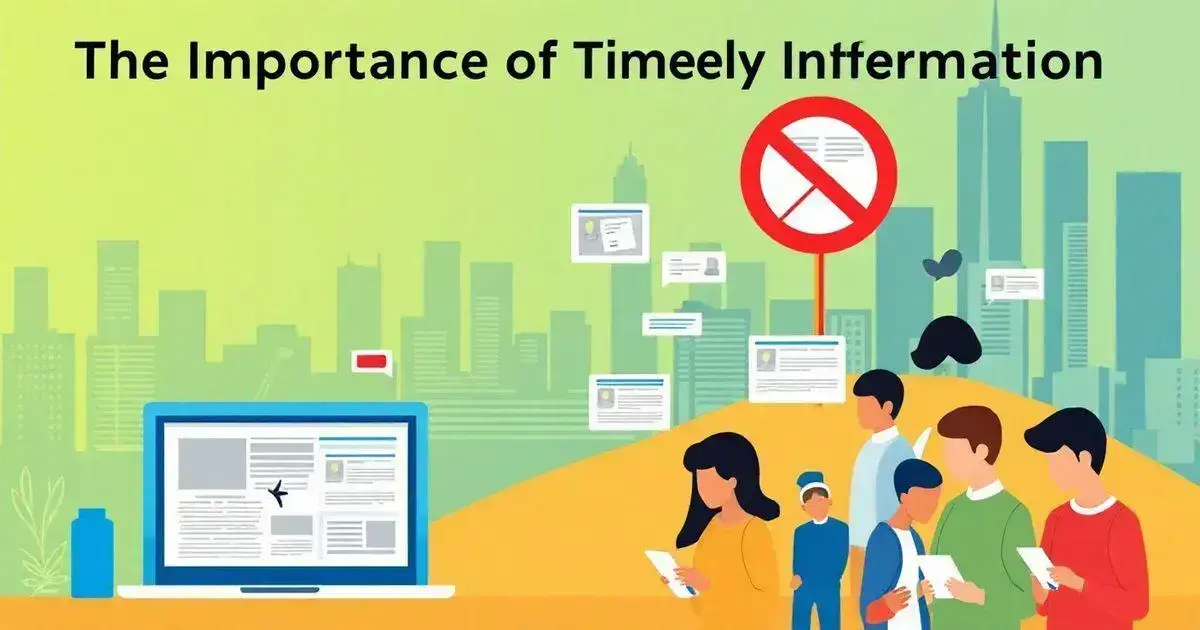Crisis coverage analysis is crucial in today’s fast-paced media environment. The way information is reported can shape public opinion, impact reputations, and influence decision-making. Organisations must be aware of how crises unfold in the media to respond effectively.
Understanding media narratives helps identify biases, misinformation, and key themes that drive public perception. By monitoring coverage across different platforms, organisations can adjust their communication strategies to maintain credibility and control the message.
The ability to navigate crisis reporting can make a significant difference in reputation management. By exploring real-world examples and proven strategies, you can gain valuable insights into how to handle media scrutiny effectively. Continue reading to discover the best approaches for managing crisis coverage.
Understanding Crisis Coverage
Understanding crisis coverage is essential for any organisation facing unexpected challenges. When a crisis occurs, media and public scrutiny intensifies, making it crucial to manage information effectively.
Crisis coverage refers to how media outlets report on events that could potentially harm an organisation’s reputation. This type of coverage often dictates the narrative and influences public perception, requiring organisations to respond swiftly.
Timely and accurate communication can mitigate damage, keeping stakeholders informed and reassured. It’s also important to monitor how the media covers the crisis, so adjustments can be made to communication strategies in real-time.
By preparing in advance for potential crises and learning from past events, organisations can better navigate the complexities of crisis coverage.
The Importance of Timely Information

In times of crisis, timely and accurate information is crucial. Quick updates keep the public informed, reduce uncertainty, and help manage the situation effectively.
When organisations delay communication, speculation and misinformation can spread, leading to confusion and larger issues. A proactive approach—engaging with the media, stakeholders, and the community—ensures that facts are shared promptly, maintaining trust and credibility.
Having a crisis communication plan in place helps deliver consistent messaging, minimising the risk of conflicting information. By prioritising rapid and transparent communication, organisations can safeguard their reputation and demonstrate responsibility in challenging times.
Analyzing Media Reactions
Analyzing media reactions during a crisis is essential for understanding public perception and evaluating the effectiveness of communication strategies. The media shapes narratives, and its coverage can either help contain the crisis or escalate it.
By closely monitoring how different outlets report the situation, organisations can identify key themes and public sentiment. This analysis allows for adjustments in messaging to better address concerns and correct misinformation. Evaluating not only the content but also the tone and focus of coverage provides deeper insights into the media’s impact.
Proactively engaging with the media ensures that organisations can offer context, clarify misunderstandings, and counter negative portrayals. Ultimately, a thorough media analysis equips organisations with the knowledge needed to refine their response strategies and build stronger relationships with journalists and the public.
Strategies for Effective Communication

Effective communication strategies are essential for managing public perception during a crisis. Organisations must establish clear lines of communication to keep all stakeholders informed and reassured.
First, designating a spokesperson ensures that messages remain consistent and authoritative. This individual should be approachable and well-informed to address concerns and provide clear answers.
Second, using multiple communication channels—such as social media, press releases, and email updates—allows organisations to reach diverse audiences quickly. Regular updates help maintain transparency and build trust.
Additionally, actively listening to feedback and adjusting messages accordingly demonstrates responsiveness. Incorporating storytelling can further humanise the organisation’s response, making it more relatable and empathetic.
Ultimately, well-planned communication strategies play a vital role in navigating crises effectively and preserving credibility.
Case Studies of Successful Coverage
Case studies of successful crisis coverage provide valuable insights into effective communication strategies.
One notable example is Company A, which managed a major product recall by quickly addressing the issue through press releases and social media. Their transparency and proactive updates kept customers informed and helped maintain trust.
Similarly, Organisation B responded to a natural disaster by coordinating with local authorities and providing regular updates on recovery efforts. Their clear communication and commitment to the community reinforced public confidence.
These examples highlight the importance of timely and transparent communication. By studying successful strategies, organisations can strengthen their crisis management plans and protect their reputations in challenging situations.
Common Pitfalls in Crisis Reporting

Common pitfalls in crisis reporting can severely undermine the effectiveness of communication efforts.
One major pitfall is inaccurate information, which can lead to confusion and distrust.
Media outlets may rush to report breaking news, occasionally sacrificing accuracy for speed.
It is crucial for organisations to verify facts before dissemination to avoid spreading misinformation.
Another common issue is focusing too much on negative aspects of a crisis.
While it is important to address the seriousness of the situation, providing a balanced view can help mitigate panic.
Additionally, failing to engage with stakeholders can also create gaps in communication.
Listening to feedback and addressing concerns is essential in crisis management.
By recognising and avoiding these pitfalls, organisations can improve their crisis reporting and maintain credibility.
Role of Social Media During Crises
The role of social media during crises is vital for real-time communication and engagement. During a crisis, social media platforms enable organisations to reach a large audience quickly. They can provide instant updates, addressing public concerns and correcting misinformation.
Furthermore, social media allows organisations to humanise their response, showing empathy and understanding towards those affected. Engaging with followers through comments and messages fosters a sense of community and support.
Monitoring social media also helps organisations gauge public sentiment and adjust their messaging accordingly. By effectively utilising social media, organisations can enhance their crisis management strategies and maintain their reputation during challenging times.
Future Trends in Crisis Coverage

Future trends in crisis coverage will likely see a greater reliance on technology and social media. In today’s digital age, organisations can provide real-time updates and engage directly with their audience, which is crucial during a crisis.
Artificial Intelligence (AI) and machine learning may play a major role in analysing data and predicting public reactions, allowing organisations to craft better strategies.
Furthermore, visual storytelling will become increasingly important, as videos and infographics can convey complex information clearly and quickly.
Another trend is the focus on transparency, where organisations are expected to share not just successes but also challenges during crises. This kind of honesty can build trust with stakeholders.
Overall, the future will demand adaptability and a proactive approach to crisis management in the media landscape.
The Power of Effective Crisis Communication
Understanding crisis coverage is vital for any organisation facing challenges. The ability to manage information effectively can greatly influence public perception and maintain trust.
Key strategies include timely communication, leveraging social media, and analysing media reactions. By learning from case studies and avoiding common pitfalls, organisations can enhance their crisis management plans.
As trends evolve, embracing technology and transparency will be crucial for successful coverage in the future.
Remember, the goal is to foster a responsive and responsible approach during any crisis.
Learn essential tips to keep your money safe, protect your assets, and secure your financial future.
